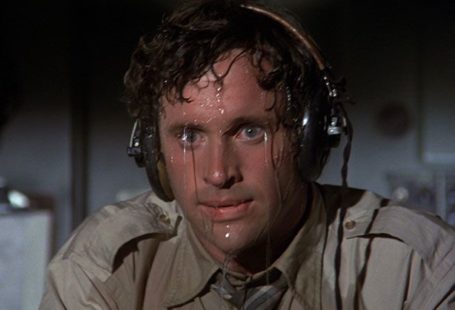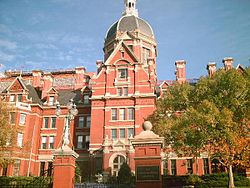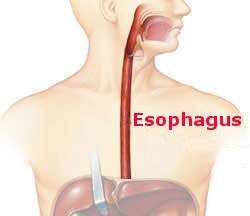Animals and Humans
A few years after Péan’s operation Block, a Polish surgeon, advanced the possibility of operating on the lung when he reported the successful performance of pneumonectomy (removing the entire lung) in rabbits. His reports and demonstrations of his technique to curious surgeons created a modest stir in Europe but Block’s stardom was cut short. He was persuaded (probably not by as large a contingent as Rolandus required) to operate on his cousin for tuberculosis. We can imagine the enthusiasm with which he employed his original surgical technique to cure a relative. However, “…unfortunately, his cousin was not as hearty as the rabbits and died.” Block was so devastated by the experience, his understandable guilt feelings perhaps exacerbated by the postmortem inability to find any signs of tuberculosis, that he then committed suicide, prematurely ending his contributions. Happily for today’s practitioners, this act did not establish a precedent.
Other European surgeons continued Block’s work, performing lung resections in a variety of animals with limited extension to patients. For example, an Italian surgeon Domenico Biondi operated on a total of 63 animals including dogs, rabbits, guinea pigs, cats, birds and sheep. To replicate a common human scenario he even inoculated some with tuberculosis prior to his operation. Strangely, after demonstrating his ability to perform a successful pneumonectomy in these animals, he never used his expertise in patients. Perhaps he was familiar with the Block saga! The occasional operations that were being performed in humans were either for infection, trauma or, like Péan, while excising a chest wall tumor to also remove some modest amount of lung invaded by the tumor and thereby attached to it. The real developmental process was taking place in animals, exploring techniques to eventually be deployed in humans.
Incentives for Lung Operations
It is interesting to speculate as to what motive or goal incentivized these early surgeons to pursue their quest for the ability to perform lung operations. Operating on and then caring for 63 animals as Biondi did is not a trivial undertaking in terms of either time commitment or work effort. Surgeons addressing the challenge of curing a known disease are easy to understand. However, there was no obvious need for developing techniques to be used for lung operations in patients. Lung cancers were considered a rare oddity and there was no demand for an operation to deal with them. For example, Paget’s textbook of 1896 contains only a passing mention of them with no suggestion that surgical intervention would be useful or possible. In 1918 the prestigious medical textbook written by Osler devoted exactly one paragraph to what is one of the most common cancers we now encounter. There was no x-ray capability for their detection and no one contemplated surgical procedures for them. Neither fame nor fortune would have seemed to be in the offing for the surgeon that spent hours mastering lung resection in animals. I imagine the motive was what drives all pioneers, the irresistible human urge to push the envelope, to explore the unknown and define possibilities and limits. In less noble sounding terms, they were just curious.



